Do you have a student or a child who struggles with spelling words? Not every child naturally is a “good speller” and sometimes we need some extra tools in our bag of teaching resources. Here are 3 simple tips for how to help a struggling speller!
*Guest post by Katie from Preschool Inspirations
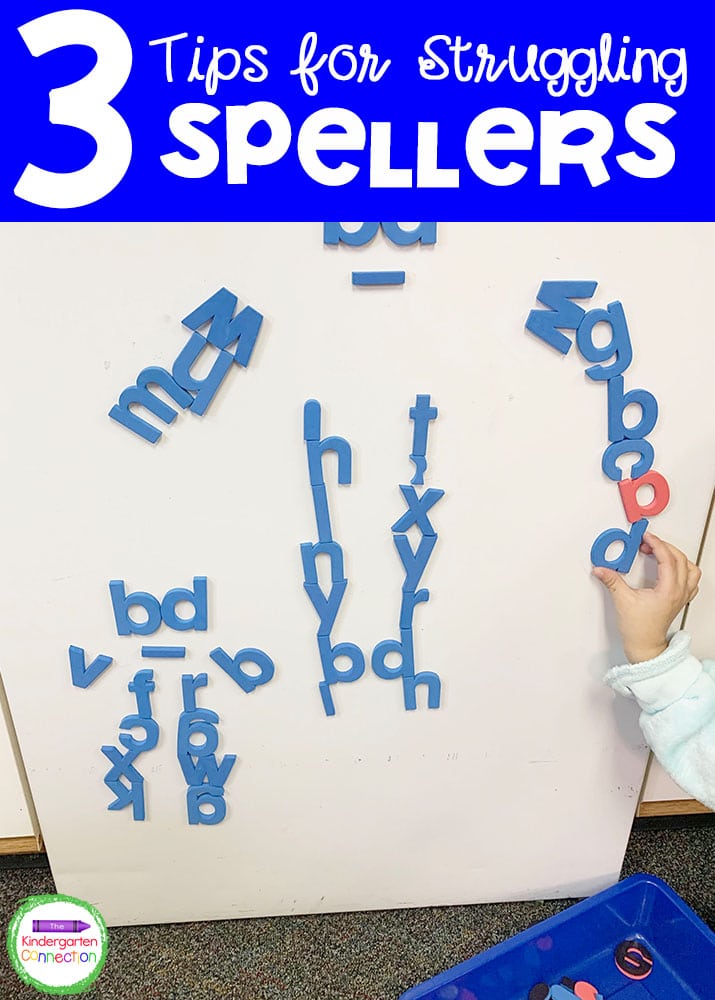
This year when my daughter’s spelling tests came in each week at the beginning of the school year, I felt a flood of dread. How were we supposed to get through all of those words… and in just one week?
A few months have passed by, and spelling is no longer a huge source of worry or stress. Spelling is not a piece of cake, and it never will be. There are factors in the mix that will always make it a struggle.
But lately, there have been so many more victories than frustrations, and we no longer have that sinking feeling when it’s time for the next set of words.
Along our journey, we have tried numerous ways to work on spelling words. I am sharing my favorite methods for how to help a struggling speller. You won’t find them tedious or a hassle. Instead, they are enjoyable, and they work across many learning styles.
My daughter is a very right-brained child who loves to draw and sing all day. Memorizing spelling words won’t work with flashcards for her (and most other children).
So I combined her talents and abilities with the dreaded spelling words. We made it a more visual process so that the right hemisphere of her brain would more easily absorb the information.
I had been doing lots of research and found out that children who are very visual benefit from pictures while learning to spell.
The combination was perfect! Now, my daughter draws her spelling words, and it helps immensely!
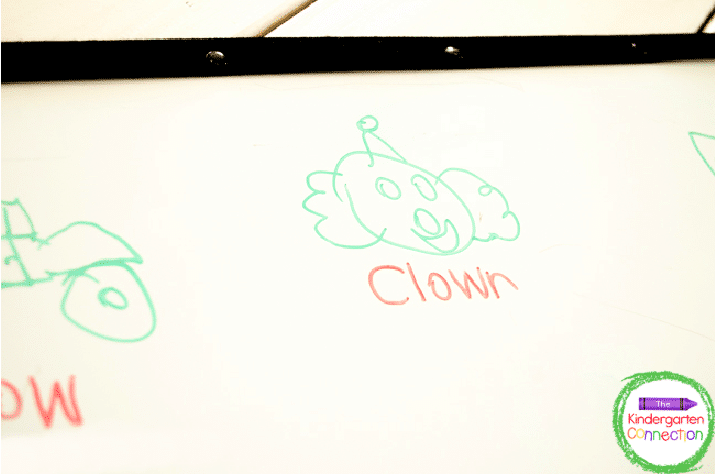
There are several ways to do this. I’ve heard of some adults who draw for the child. Or I’ve seen people try and make pictures out of some of the letters in the spelling words. Since my daughter already spends hours drawing each day, I just started asking her to do the drawings.
I tell her the spelling word and ask her what it makes her think of. Then she draws the picture.
It’s made spelling words much easier, and she doesn’t resist spelling now since we have combined it with art.
It has been proven that children learn language best when they find it meaningful. This is why it is common for a baby’s first word to be “mama” or “dada” or someone close to them.
Sometimes children struggle with their spelling list just because the words are only black and white on a piece of paper. They don’t have meaning.
We were able to fix this by making sentences with the words. For example, when the word tooth came up, we talked about how she had a loose tooth. Then her tooth fell out. The Tooth Fairy came and gave her money for her tooth.
Sometimes we take her spelling words and make stories out of as many of them as we can.
Bringing meaning to words will be far more effective than just memorizing the letters, and it is fun to think of sentences together. This is one of my favorite tips for how to help a struggling speller!
The last way that we worked on spelling is a method which I used to introduce my students to the alphabet when I was a Pre-K teacher.
They loved it, and so I thought it might be the perfect fit for learning to spell too. There are actually lots of ways to use letter manipulatives which you can read more about in my post about the benefits of letter manipulatives.
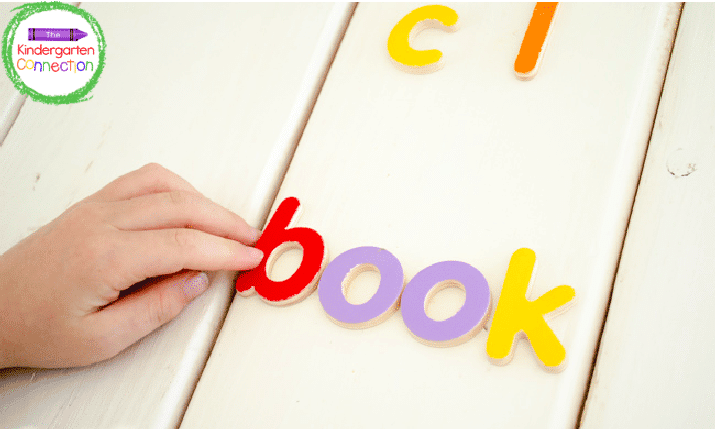
This is also great for sight words which it can be hard to think of an image or picture for. We took our letters from our Melissa and Doug See and Spell set and started making spelling words. It is so good for children to handle and manipulate hands-on alphabet materials.
What I love about the See and Spell set is that we have the addition of color. Every letter ‘o’ is always purple, and each ‘e’ is green. Adding a simple element such as color helps make learning the words “stick” so much better.
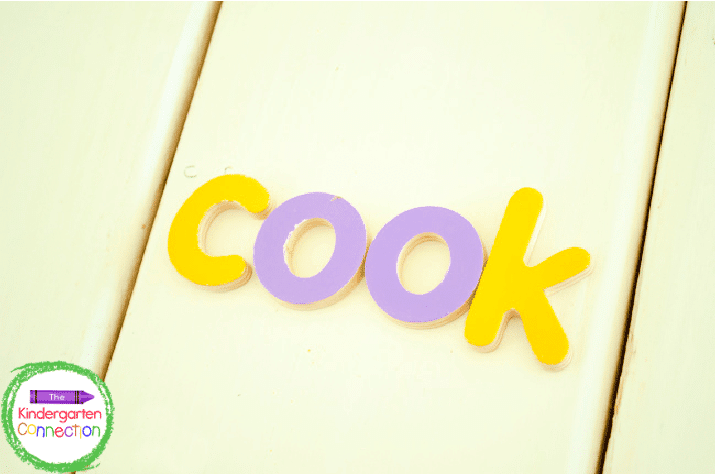
I liked to group words with the same ending together. Below you can see how I arranged the letters for the words “should,” “would,” and “could.”
After my daughter had mastered putting the correct beginning sound, we mixed all the letters up, and she had to spell the word completely by herself. It was a breeze. And these are words that had been a struggle for several weeks.
If you have a struggling speller, know that you are not alone. The English language is very complex with rules, and exceptions to the rules. Many words that sound the same are spelled differently, and there are so many words that just have to be memorized because the spelling makes no sense at all. Hopefully, you will find one or more of these three simple tips for how to help a struggling speller useful!
And keep in mind that there could be more reasons that your child struggles with spelling. If you have any concerns about your child’s learning, bring it up with his or her pediatrician.
Your planning will be so much easier with instant access to:
Be sure to request an invitation so that you don’t miss your chance to be part of the best early childhood club around!
